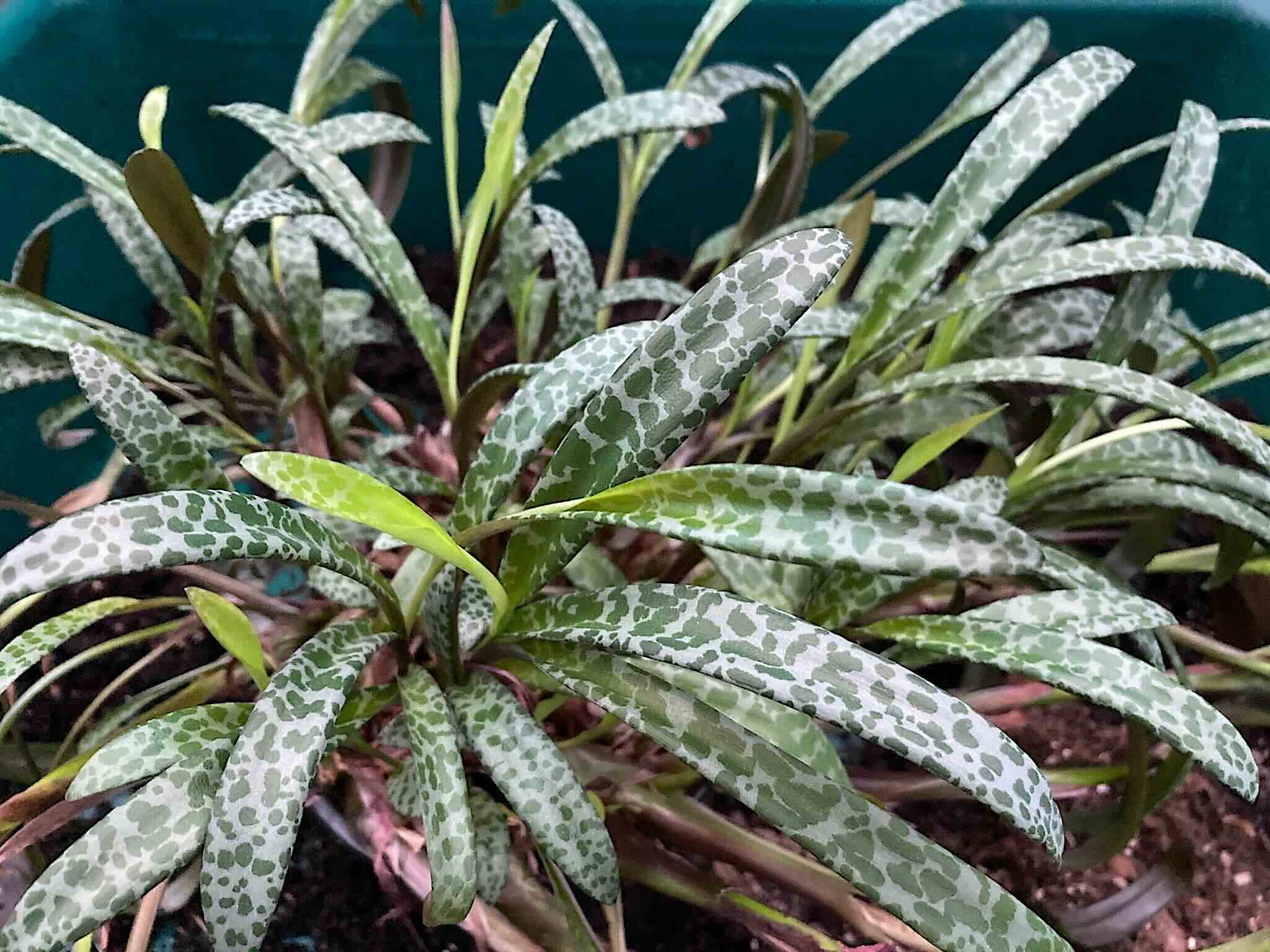
Ledebouria is a fascinating genus of flowering plants in the Asparagaceae family. Native to Africa and India, these plants are known for their unique, spotted leaves and small, bell-shaped flowers. But what makes Ledebouria so special? For starters, they are incredibly resilient and can thrive in various environments, from rocky terrains to sandy soils. These plants are also popular among gardeners due to their low maintenance and striking appearance. Whether you're a botany enthusiast or just curious about unique plants, learning about Ledebouria will surely pique your interest. Ready to dive into 31 intriguing facts about Ledebouria? Let's get started!
What is Ledebouria?
Ledebouria is a genus of flowering plants in the Asparagaceae family. These plants are native to Africa and are known for their unique appearance and resilience. Let's dive into some fascinating facts about Ledebouria.
General Characteristics of Ledebouria
Ledebouria plants have some distinct features that make them stand out. Here are some general characteristics:
- Bulbous Plants: Ledebouria species are bulbous, meaning they grow from bulbs, which store nutrients and water.
- Rosette Formation: The leaves often form a rosette pattern, creating a visually appealing structure.
- Speckled Leaves: Many species have leaves with unique speckled or spotted patterns.
- Flowering Stalks: They produce flowering stalks that can bear numerous small flowers.
- Drought Tolerant: These plants are highly drought-tolerant, making them suitable for xeriscaping.
Habitat and Distribution
Ledebouria plants are primarily found in Africa, but their adaptability allows them to thrive in various environments.
- Native to Africa: Most species are native to southern and eastern Africa.
- Savanna and Grasslands: They commonly grow in savanna and grassland regions.
- Rocky Outcrops: Some species are adapted to grow on rocky outcrops.
- Forest Margins: They can also be found on the margins of forests.
- Adaptable: Ledebouria can adapt to different soil types, from sandy to loamy.
Unique Species of Ledebouria
There are several unique species within the Ledebouria genus, each with its own distinct characteristics.
- Ledebouria socialis: Known for its silver-speckled leaves and small purple flowers.
- Ledebouria cooperi: Features narrow, strap-like leaves and pinkish flowers.
- Ledebouria revoluta: Recognizable by its curled leaves and greenish-white flowers.
- Ledebouria ovatifolia: Has broad, ovate leaves with dark spots.
- Ledebouria zebrina: Named for its zebra-like striped leaves.
Uses and Benefits
Ledebouria plants are not just ornamental; they have practical uses and benefits as well.
- Ornamental Use: Widely used as ornamental plants in gardens and landscapes.
- Medicinal Properties: Some species are used in traditional medicine for their healing properties.
- Air Purification: Like many plants, they can help purify indoor air.
- Low Maintenance: Their drought tolerance makes them low-maintenance plants.
- Erosion Control: Their root systems can help control soil erosion.
Cultivation and Care
Growing Ledebouria plants can be a rewarding experience. Here are some tips for their cultivation and care.
- Well-Draining Soil: They prefer well-draining soil to prevent bulb rot.
- Moderate Watering: Water moderately, allowing the soil to dry out between waterings.
- Bright Light: They thrive in bright, indirect light but can tolerate some direct sunlight.
- Temperature Range: Ideal temperature range is between 60-75°F (15-24°C).
- Fertilization: Fertilize sparingly, as they do not require heavy feeding.
Interesting Facts
Ledebouria plants have some intriguing aspects that make them even more fascinating.
- Longevity: These plants can live for many years with proper care.
- Propagation: Easily propagated through bulb offsets or seeds.
- Pest Resistance: Generally resistant to pests and diseases.
- Cultural Significance: Some species hold cultural significance in African traditions.
- Scientific Interest: Studied for their unique adaptations and resilience.
Conservation Status
The conservation status of Ledebouria species varies, with some being more at risk than others.
- Threatened Species: Some species are considered threatened due to habitat loss and over-collection.
Final Thoughts on Ledebouria
Ledebouria, with its unique charm and fascinating history, offers much more than meets the eye. From its distinctive foliage to its medicinal properties, this plant has captivated botanists and plant enthusiasts alike. Its resilience and adaptability make it a perfect addition to any garden, whether you're a seasoned gardener or just starting out. Beyond its beauty, Ledebouria plays a role in traditional medicine, showcasing its versatility. Understanding these facts not only enhances appreciation for this plant but also underscores the importance of preserving such unique species. Next time you come across a Ledebouria, you'll know there's a rich tapestry of history and utility behind those striking leaves. Happy gardening!
Was this page helpful?
Our commitment to delivering trustworthy and engaging content is at the heart of what we do. Each fact on our site is contributed by real users like you, bringing a wealth of diverse insights and information. To ensure the highest standards of accuracy and reliability, our dedicated editors meticulously review each submission. This process guarantees that the facts we share are not only fascinating but also credible. Trust in our commitment to quality and authenticity as you explore and learn with us.
